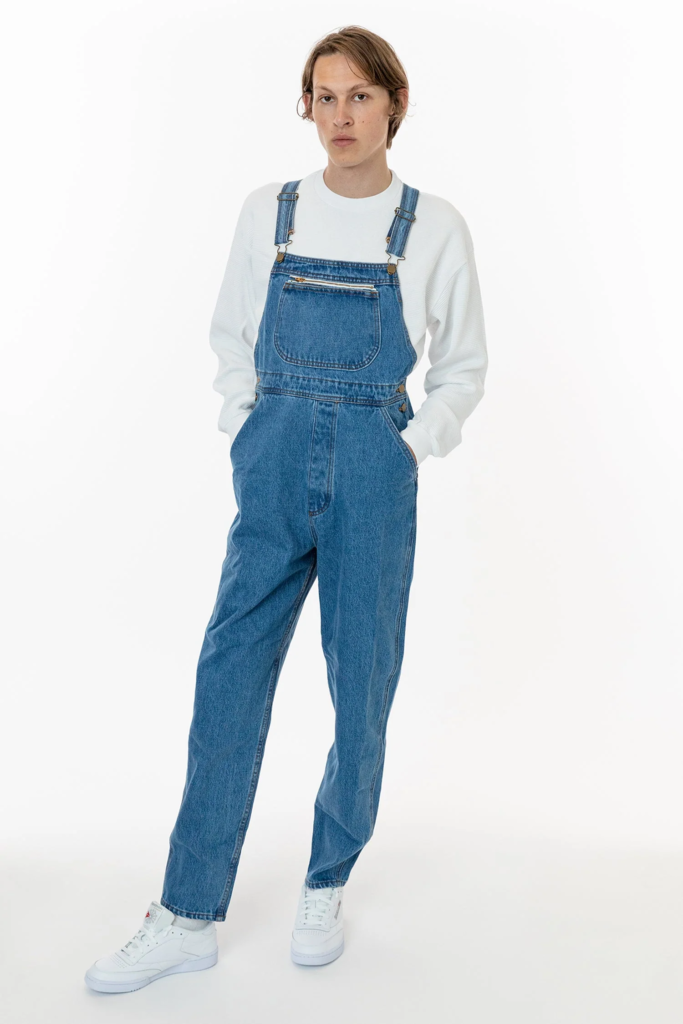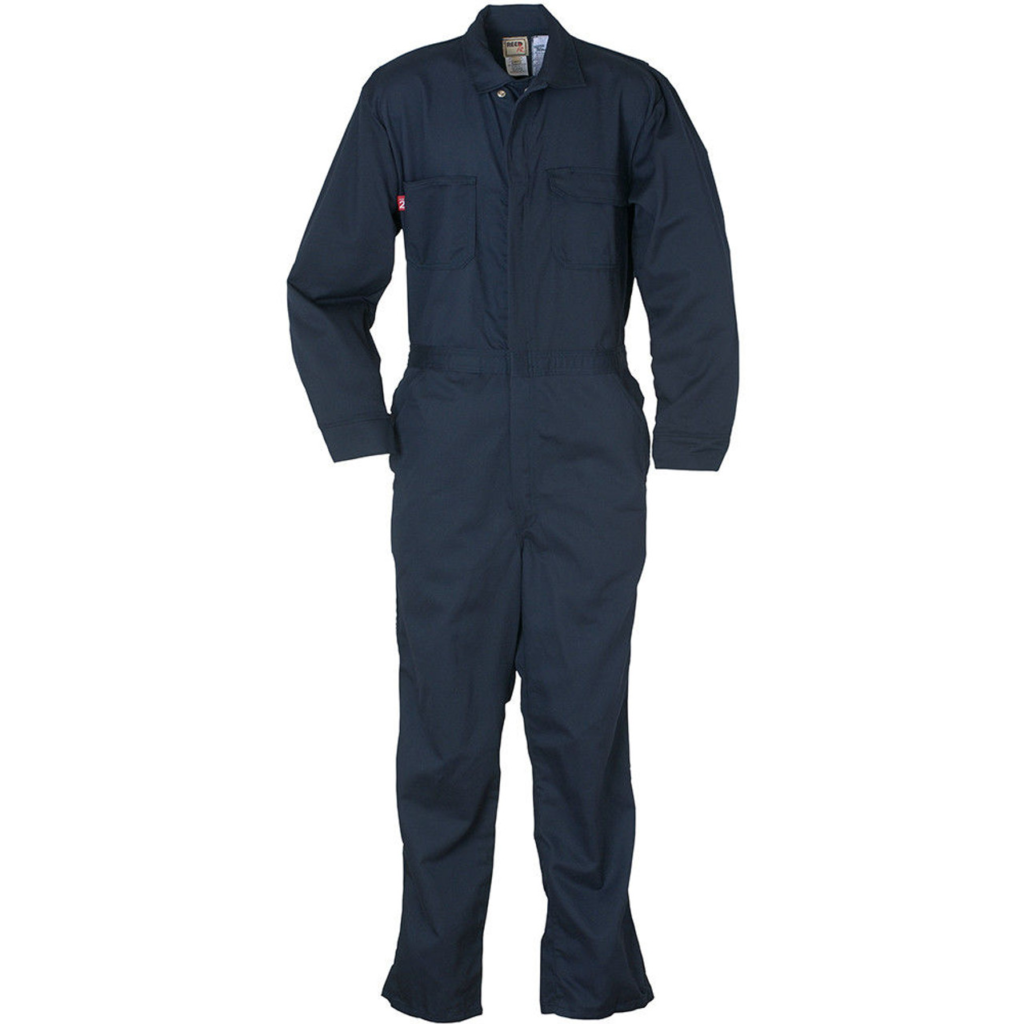When it comes to workwear, overalls and coveralls are two key garments widely used in various industries. Understanding the distinctions between them can help workers choose the right gear for their needs. This blog will explore the key differences between overalls and coveralls, highlighting their design, comfort, use cases, and more, all while referring to leading overall manufacturers who produce these essential garments.
Design and Structure
The most noticeable difference between overalls and coveralls lies in their design. Overalls are a two-piece garment consisting of trousers with shoulder straps, often worn over a shirt or t-shirt. They cover the lower body and leave the upper body exposed. Workers often pair workwear overalls with shirts, jackets, or other clothing for additional protection.

Coveralls are a one-piece garment that covers the entire body. They provide full-body coverage from head to toe. Coverall manufacturers produce these garments with sleeves and legs, making them perfect for full protection from dirt, chemicals, or fire hazards. Coveralls are often worn as a standalone piece without the need for additional layers.
Coverage and Protection
Another key distinction between the two garments is the level of coverage they provide.
As mentioned, overalls only cover the lower body. They leave the upper body exposed unless worn with an additional shirt or jacket. This makes workwear overalls ideal for tasks that involve a lot of movement or for environments where full-body protection isn’t required.

In contrast, coveralls offer comprehensive protection. They cover the entire body, including arms, legs, and the torso. For industries where workers are exposed to hazardous materials or need full-body protection, such as chemical plants or automotive repair shops, workwear coveralls provide the necessary safety.
Comfort and Flexibility
Comfort and flexibility play a huge role in choosing between overalls and coveralls. The right choice depends on the task at hand. Overalls offer greater flexibility, especially for arm movement. Since the upper body remains uncovered, workers can move freely, making them suitable for lighter, more dynamic tasks. Overalls manufacturers design them with adjustable straps to ensure a comfortable fit. Overalls are also favored for tasks that require a high degree of mobility, such as farming, gardening, or light construction.
On the other hand, coveralls provide a more snug fit. While they may not offer as much flexibility for arm movement, they excel in offering full-body protection. This makes them ideal for workers in hazardous conditions who need to stay safe from chemicals, fire, or dirt. However, their snug fit can sometimes limit movement in comparison to overalls.

When to Choose Overalls or Coveralls
The choice between overalls and coveralls often depends on the type of work and the level of protection required. Overalls are commonly worn in industries like farming, light construction, and gardening. Workers in these fields often need easy mobility without needing full-body protection. They are also popular as casual workwear in various outdoor activities.
Coveralls are typically used in high-risk industries like automotive repair, chemical handling, and manufacturing. They offer full-body protection and are essential when workers face exposure to dangerous substances, extreme temperatures, or fire hazards.

Style and Appearance
The aesthetic of overalls and coveralls also differs, with each garment offering distinct looks suited to different work environments. Overalls are often considered more casual and can be worn in both professional and recreational settings. With a relaxed fit, they are a popular choice for workers who prioritize comfort and flexibility. In contrast, coveralls have a more utilitarian design, often with a more formal, industrial appearance. They are built for function and protection rather than style. Coverall manufacturers focus on creating garments that prioritize safety and durability over fashion.
Conclusion
Both overalls and coveralls offer unique benefits, depending on the work requirements. While overalls are ideal for tasks requiring mobility and comfort, coveralls provide complete protection in hazardous environments. The choice between workwear overalls and workwear coveralls ultimately comes down to the specific needs of the job.
If you are in search of high-quality overalls, consider checking out some of the top overall manufacturers. Leading companies such as Keyapparel, Universal Overall Company, Carhartt, L.C. King, and Liberty Bibs produce durable, reliable workwear overalls. Similarly, for those requiring full-body protection, coverall manufacturers in China and globally offer a variety of options to meet the demands of hazardous industries.


